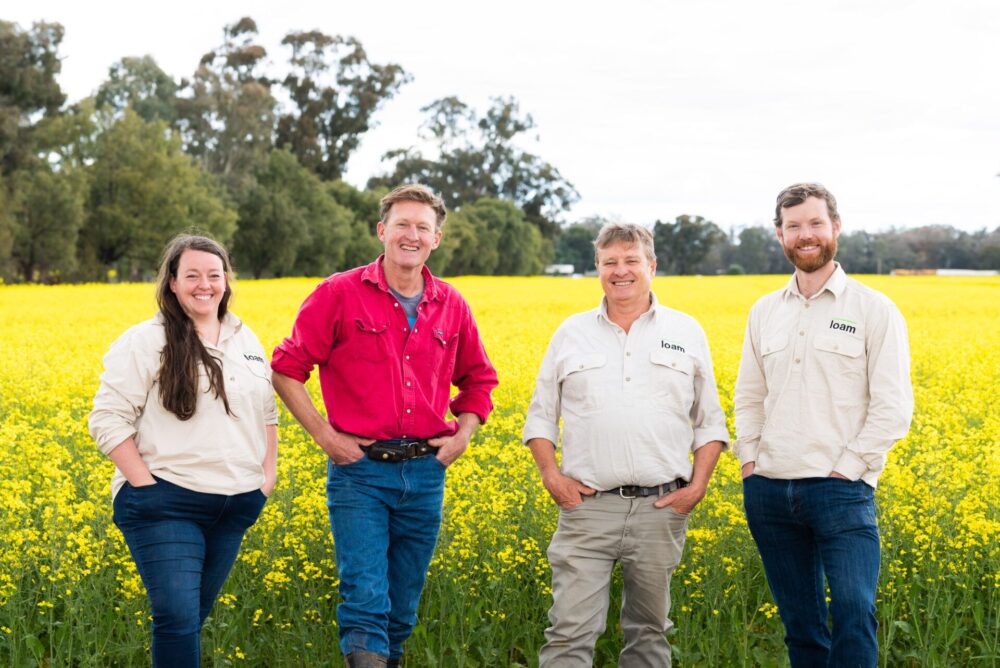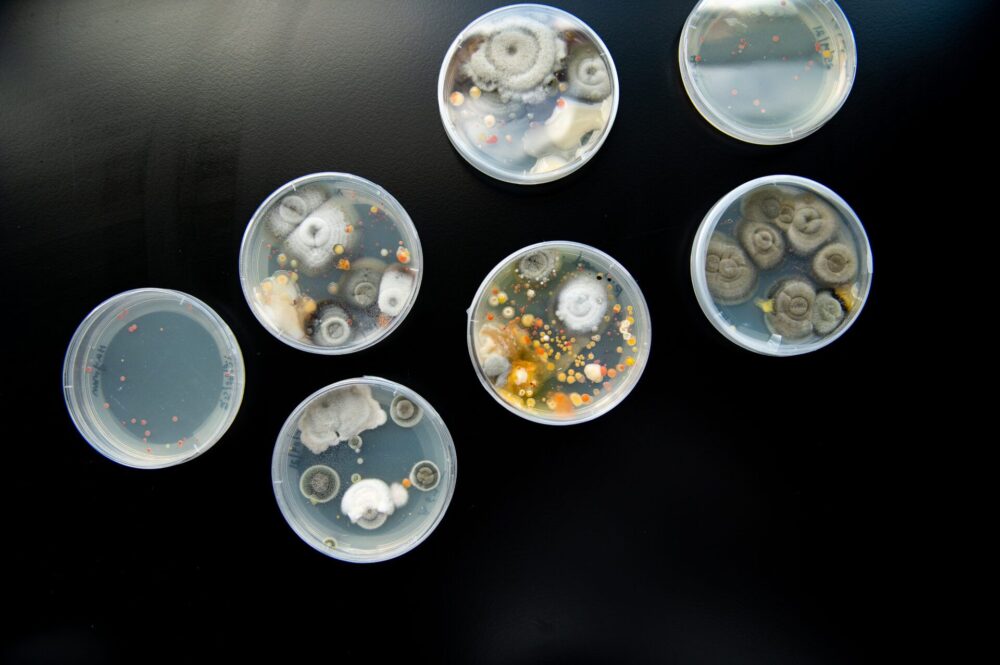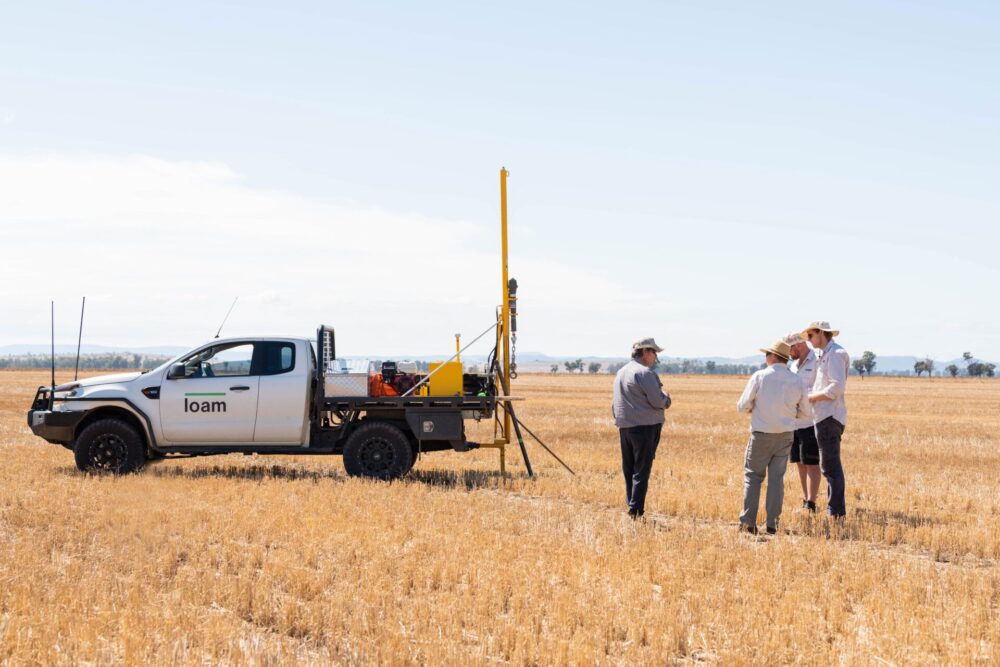- Carbon farming startup Loam Bio has raised A$105 million ($73 million) in a Series B round co-led by Chris Sacca fund Lowercarbon Capital and Wollemi Capital.
- The company has also commercially launched its CarbonBuilder seed inoculum and SecondCrop carbon business to farmers in Australia.
- Horizons Ventures, Acre Venture Partners, Main Sequence, the Clean Energy Finance Corporation, Grok Ventures and others also participated.
- Loam will use the funding to expand the availability of its seed coating that supercharges plants’ ability to store carbon in the soil.

Better, faster, stronger carbon capture
Cropland covers roughly 10% of the earth’s surface. While scientists agree it can’t single-handedly remove atmospheric carbon as fast as we produce the stuff, soil carbon sequestration could nonetheless put a meaningful dent in the problem.
First, however, farmers have to actually get the carbon in the ground, which is no small feat for many.
“It’s particularly hard in the context of cropping systems to build significant quantities of carbon,” says Loam co-founder Guy Hudson. “The annual cropping cycle can be intensive on soils, with much of the carbon and nutrients being drawn from the soil to grow the crops each season.”
Current land-management practices like no-till and cover cropping can sequester carbon. But to do so at scale can be significantly disruptive to farmers’ existing operations, and is a risky financial bet that doesn’t always generate quick returns.
“Loam’s microbial tools are another way to help farmers do this, and do it more rapidly,” Hudson says of helping farmers transition. “By applying Loam seed treatment, farmers can accelerate a path towards healthier, more productive soils by driving more rapid increases in soil carbon, which benefits resilience and productivity.”
Loam aims to increase both the quantity and quality of carbon through its offerings.

How CarbonBuilder works:
Loam coats seeds with the CarbonBuilder fungal inoculum before sowing. This coating “supercharges” plants’ ability to store carbon in the soil.
Normally, plants draw down atmospheric carbon, trapping it in the soil, usually in the form of biomass. But there are different types of carbon, says Loam. Labile carbon breaks down quickly. Recalcitrant carbon, on the other hand, resists decomposition and stays in the soil much longer — up to millennia. Loam’s CarbonBuilder stores this latter kind of carbon.
Seeds coated with Loam’s microbial fungi increase carbon within structures in the soil. As the seed germinates, microbes bind atmospheric carbon drawn down by the plant with microaggregates in the soil. In other words, the fungi converts CO2 into a much stabler form of carbon it can store in the ground long term.
“There are 1 million plants per hectare in a wheat crop,” Hudson explained in a recent video. “Multiply that by 1.8 billion hectares of managed farmland across the world, and you’re looking at an infrastructure that can facilitate the largest carbon drawdown event we’ve ever seen.”
We’re still a ways off from that mark, of course. To date, Loam has sown 6,000 individual trial plots across 29 locations in two countries. In CarbonBuilder trials done for barley, farmers were able to increase carbon units per hectare to between three and six, up from zero to two via other land-management practices.
“What makes CarbonBuilder unique is the type of carbon that is sequestered through the biological process,” says Loam co-founder Tegan Nock. “It’s the more stable forms of carbon, which means there’s lower risk for growers integrating carbon farming practices.”
She adds that this method of sequestration also increases fertility and productivity in the soil.
How SecondCrop works:
Loam is is launching CarbonBuilder together with its SecondCrop carbon project options. The company says this will increase transparency and economic viability, and maximize the benefits of increased soil carbon delivered back to the farm enterprise.
Through SecondCrop, Loam assists with registration and administration, land management strategies, measurement and verification. The company works directly with growers to measure soil carbon and register with the right carbon scheme.
Loam says this strategy gives farmers technical and administrative expertise without those things being a burden to core farming practices. Loam also provides the option to train and pay farmers’ existing agronomists.
SecondCrop removes the upfront costs typically required for carbon markets. Because farmers can use the CarbonBuilder tech, there’s also more certainty around their ability to even build soil carbon.

How Loam will use the funding:
“This year we’re moving from pre-commercial to commercial and launching our products in Australia,” says Hudson.
Currently, Loam is working with a limited number of farmers in Australia. The company plans to reach commercialization stage in the US in 2024.
“We’re really focused on delivering value for broadacre cropping systems right now, including wheat, barley and canola for the Australian market, and soy and corn for the US market,” says Nock. “The $73 million series B raise will help us expand our product development and support the delivery of new products entering the pipeline that will go through years of testing for key crops in regions we’re already working in.”
In 2023, Loam will also expand its testing in new geographies including Canada and Brazil. Testing will focus on the major crops grown specifically in those regions.



